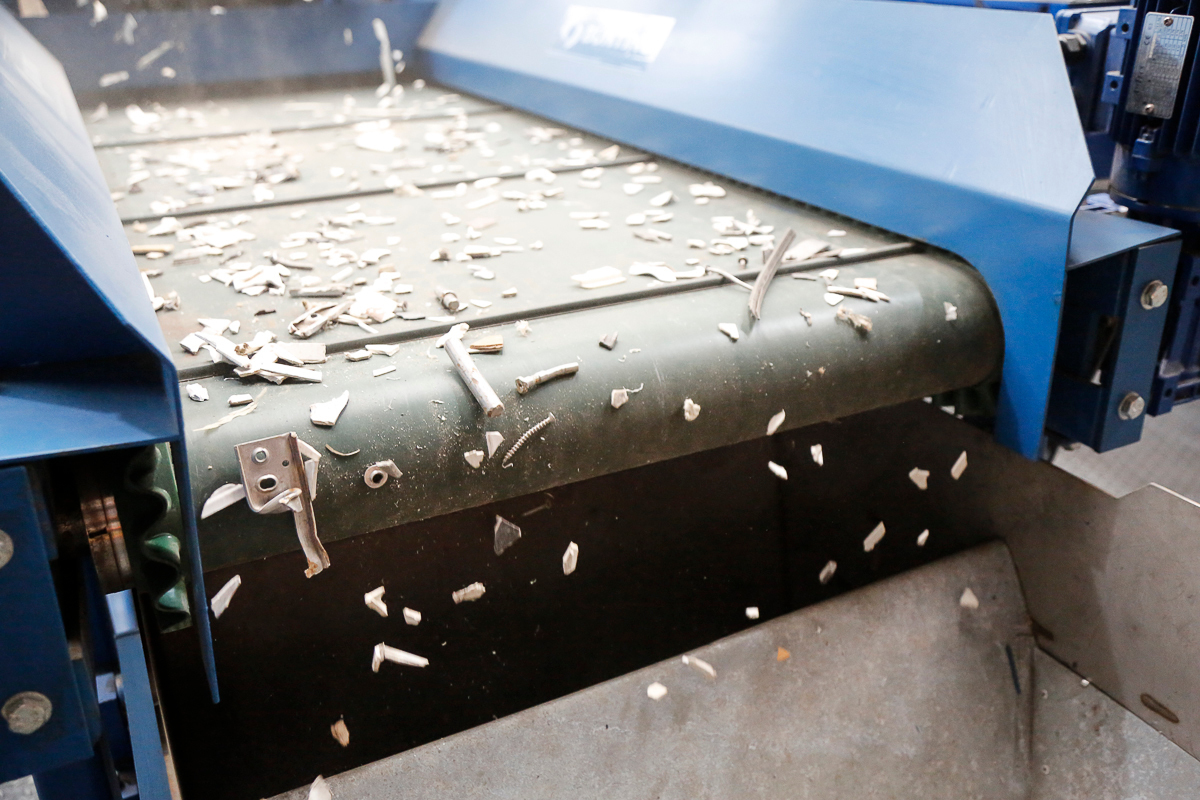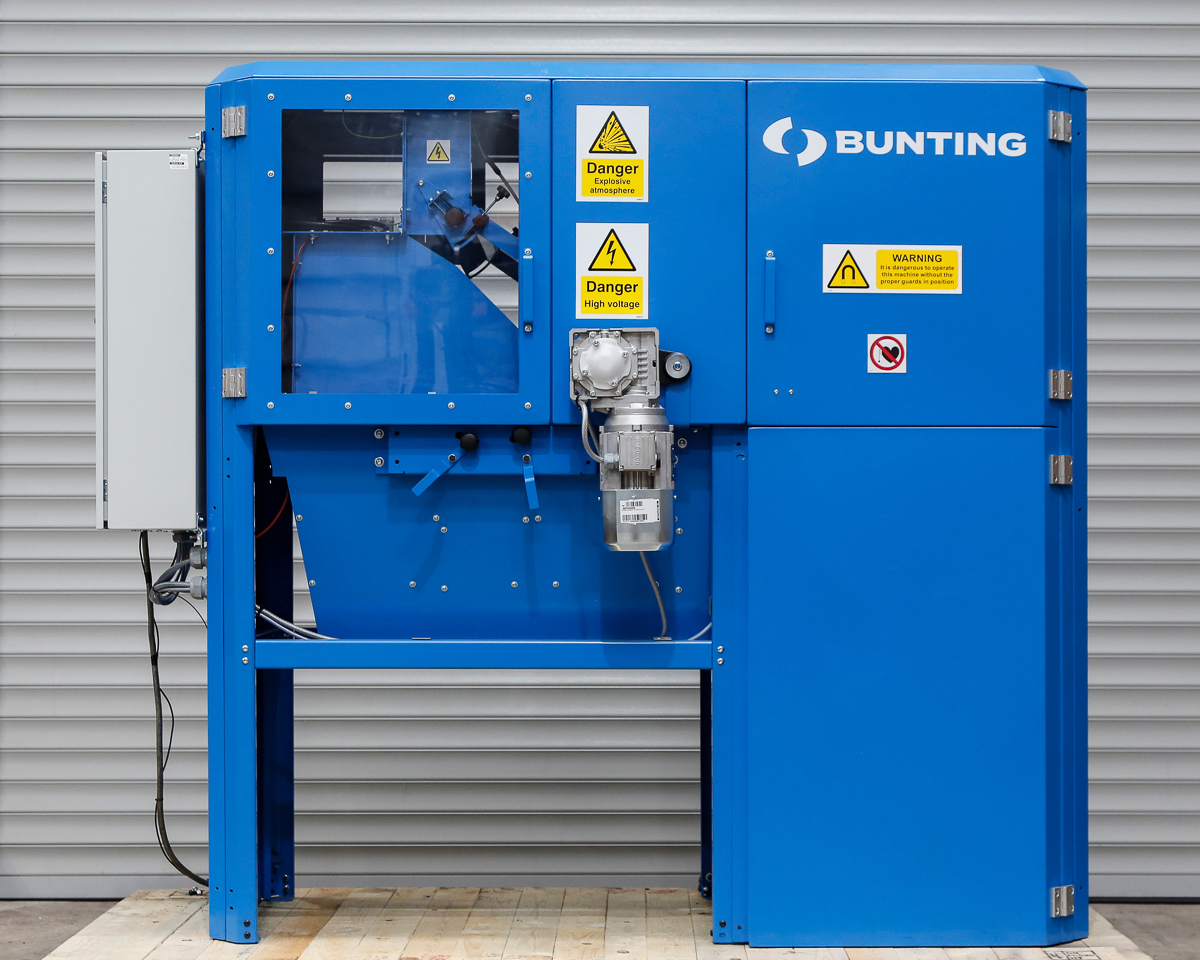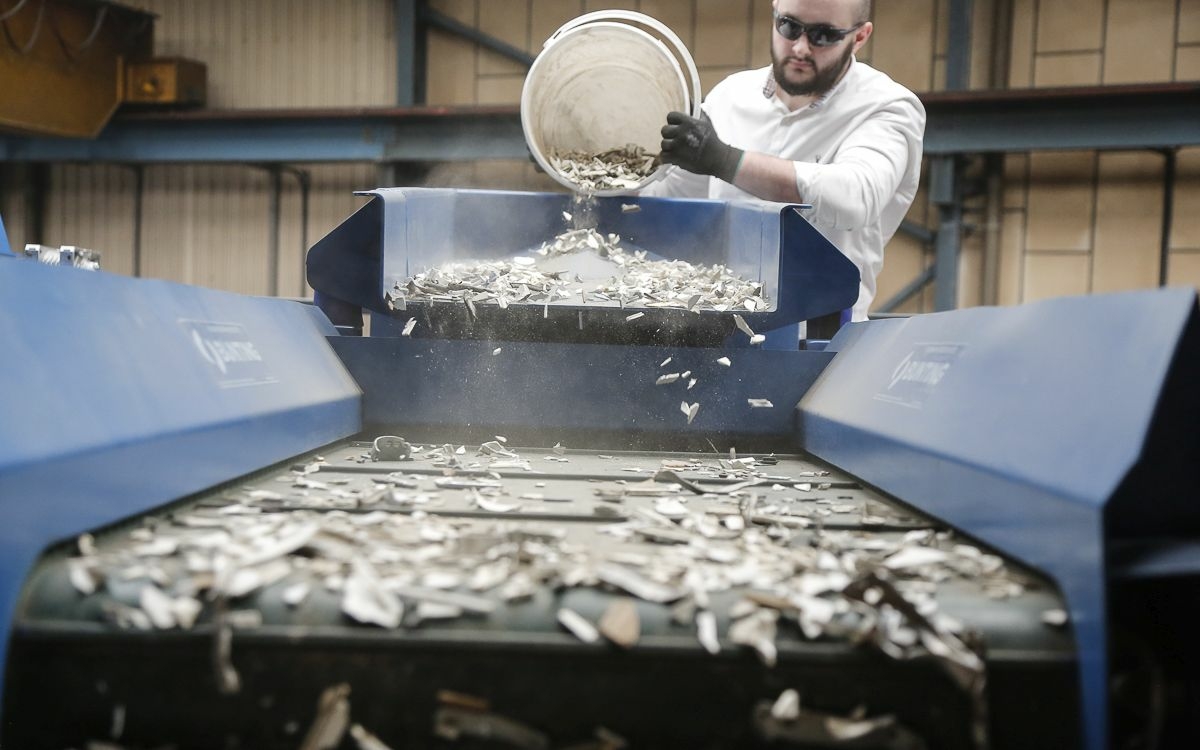Recovering metal with Bunting at IFAT 2022
16.05.2022Advanced separation technology enabling enhanced metal recovery is the focus on Bunting’s presentation at IFAT 2022. Technology, such as the patented SSSC Stainless Steel Separator, uses ultra-high magnetic fields to recover metals previously lost to waste. The new ElectroStatic Separator segregates conductive metals using electrostatic charges. Both technologies form a sequence of separators that maximize the separation of metals for recovery or removal from secondary materials.
 Separating stainless steel from shredded UPVC windows
Separating stainless steel from shredded UPVC windows
© Bunting
Bunting is one of the world’s leading designers and manufacturers of magnetic separators for the recycling and waste industries. The Bunting European manufacturing facilities are in Redditch, just outside Birmingham, and Berkhamsted, both in the United Kingdom.
The Bunting team at IFAT includes Dirk Mylich (European Recycling Product Manager), Christopher Gabriel (European Sales Manager), Stefano Maiaroli (Sales Area Manager – Southern Europe), and Marcel Graef from 3SMI GmbH (Bunting’s newly appointed agent in Germany, Austria and Switzerland). With multi-linguistic skills, the team is looking forward to assisting companies located across Europe.
 ElectroStatic Separator
ElectroStatic Separator
© Bunting
Separation technology development
A successful recycling process relies on effective metal separation, whether for recovery or when cleansing materials such as plastic waste. Bunting’s diverse range of metal separators meets the separation demands in many different applications.
The ElectroMax Overband Magnet, displayed on the stand at IFAT, fulfills the industry’s requirement for a strong and lightweight electromagnetic alternative to traditional permanent Overband Magnets. ElectroMax installations include mobile plant, high-volume household waste recycling plants, and secondary metal recycling operations.
The development of the ElectroStatic Separator enables Bunting to provide a total metal separation solution. The ElectroStatic Separator focuses on the separation of small conductive metals from non-conductive materials as found when recycling wire, plastic, and metals.
Typically, the ElectroStatic Separator is located after several stages of metal separation. This starts with a high-intensity Drum Magnet removing smaller ferrous metals prior to the recovery of non-ferrous metals on one of Bunting’s range of Eddy Current Separators.
The remaining material passes over a SSSC or HISC Magnetic Separator, which separates stainless-steel and very weakly magnetic materials, including printed circuit boards. This leaves a mix of material, including valuable fine metal, recovered using the ElectroStatic Separator.
Controlled tests prove capabilities
On the stand at IFAT, Bunting’s experienced team aim to assist recycling companies and solve metal separation problems. Many projects will involve the testing of material at Bunting’s recently expanded Customer Experience Centre in the UK. Tests on equipment including the ElectroStatic Separator, Eddy Current Separator, and Stainless Steel Separators determine the separation efficiency in terms of recovery and purity.
“Our aim at IFAT is to help recycling companies solve metal separation problems,” explained Adrian Coleman, the General Manager of Bunting-Redditch. “Our European mainland based team at IFAT has decades of experience in the recycling industry, as well as fully understanding the capabilities of our extensive range of metal separators.”
Hall B6, stand 452

